Mescaline (3,4,5-trimethoxyphenethylamine) Powder
Mescaline (trimethoxyphenethylamine) Powder, Mescaline is biosynthesized from tyrosine or a hydroxylated phenylalanine. In Lophophora williamsii, dopamine converts into mescaline in a biosynthetic pathway involving m-O-methylation and aromatic hydroxylation.
Tyrosine and phenylalanine serve as the metabolic precursors to synthesis of mescaline. Tyrosine can undergo either a decarboxylation via tyrosine decarboxylase to generate tyramine and subsequently undergo an oxidation at carbon 3 by a monophenol hydroxylase or first be hydroxylated by tyrosine hydroxylase to form L-DOPA and decarboxylated by DOPA decarboxylase. These create dopamine which then experiences methylation by a catechol-O-methyltransferase (COMT) by an S-adenosyl methionine (SAM) dependent mechanism. The resulting intermediate is then oxidized again by a hydroxylase enzyme, likely monophenol hydroxylase again, at carbon 5, and methylated by COMT. The product, methylated at the two meta positions with respect to the alkyl substituent, experiences a final methylation at the 4 carbon by a guaiacol-O-methyltransferase which also operates by a SAM dependent mechanism. This final methylation step results in the production of mescaline.
Phenylalanine serves as a precursor by first being converted to L-tyrosine by L-amino acid hydroxylase. Once converted, it follows the same pathway as described above.
Pharmacokinetics
Tolerance builds with repeated usage, lasting for a few days. Mescaline causes cross-tolerance with other serotonergic psychedelics such as LSD and psilocybin.
About half the initial dosage is excreted after 6 hours, but some studies suggest that it is not metabolized at all before excretion. Mescaline appears to not be subject to metabolism by CYP2D6 and between 20% and 50% of mescaline is excreted in the urine unchanged, and the rest being excreted as the carboxylic acid form of mescaline, a likely result of MAO degradation.The LD50 of mescaline has been measured in various animals: 212 mg/kg i.p. (mice), 132 mg/kg i.p. (rats), and 328 mg/kg i.p. (guinea pigs).
Behavioral And Non-Behavioral Effects
Mescaline Powder induces a psychedelic state similar to those produced by LSD and psilocybin, but with unique characteristics. Subjective effects may include altered thinking processes, an altered sense of time and self-awareness, and closed and open-eye visual phenomena.
Prominence of color is distinctive, appearing brilliant and intense. Recurring visual patterns observed during the mescaline experience include stripes, checkerboards, angular spikes, multicolored dots, and very simple fractals which turn very complex. Aldous Huxley described these self transforming amorphous shapes as like animated stained glass illuminated from light coming through the eyelids. Like LSD, mescaline induces distortions of form and kaleidoscopic experiences but which manifest more clearly with eyes closed and under low lighting conditions; however, all of these visual descriptions are purely subjective.
As with LSD, synesthesia can occur especially with the help of music.An unusual but unique characteristic of mescaline use is the “geometricization” of three-dimensional objects. The object can appear flattened and distorted, similar to the presentation of a Cubist painting.
Mescaline elicits a pattern of sympathetic arousal, with the peripheral nervous system being a major target for this substance. Effects typically begin 1–2 hours after ingestion, and may last 12–18 hours depending on dosage.
Method Of Action
Mescaline is produced when products of natural mammalian catecholamine-based neuronal signalling such as dopamine and serotonin are subjected to additional metabolism via methylation, and mescaline’s hallucinogenic properties stem from its structural similarities with these two neurotransmitters. In plants, this compound may be the end product of a pathway utilizing catecholamines as a method of stress response, similar to how animals may release compounds such as cortisol when stressed. The in vivo function of catecholamines have not been investigated, but they may function as antioxidants, as developmental signals, and as integral cell wall components that resist degradation from pathogens. The deactivation of catecholamines via methylation produces alkaloids such as mescaline.
Mescaline acts similarly to other psychedelic agents. It binds to and activates the serotonin 5-HT2A receptor with a high affinity. How activating the 5-HT2A receptor leads to psychedelia is still unknown, but it likely somehow involves excitation of neurons in the prefrontal cortex. Mescaline is also known to bind to and activate the serotonin 5-HT2C receptor.
Difluoromescaline and trifluoromescaline are more potent than mescaline, as is its amphetamine homologue trimethoxyamphetamine.
Dosage
A normal dosage of mescaline is anywhere between 200–300 milligrams, which translates to 6–12 “buttons” of peyote.Heavier dosages typically include anything surpassing 300 mg. Mescaline Powder
buy mscaline powder online, mscaline powder for sale, order mscaline powder online, where to buy mscaline powder online, buy mscaline online, buy mscaline powder online in USA, mscaline powder for sale Canada, mail mscaline powder, order mscaline powder with Money Gram, mscaline powder for sale with , buy mscaline powder online with Bitcoin, mscaline powder for sale USA, buy mscaline powder online at cheap price, buy mscaline powder online without prescriptions.

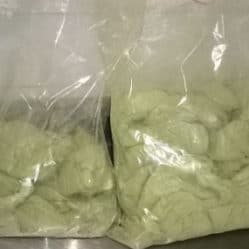
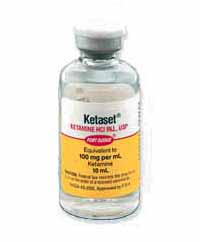

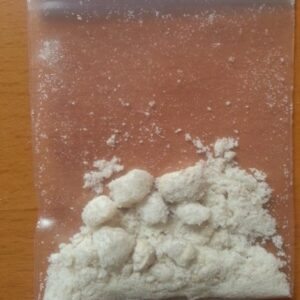
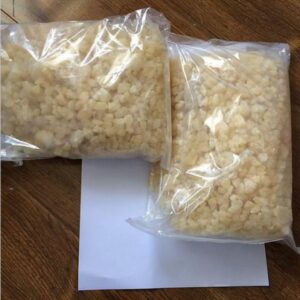
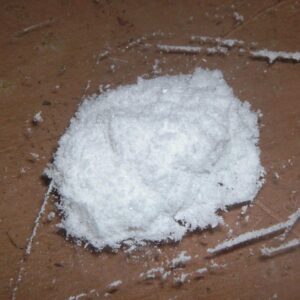
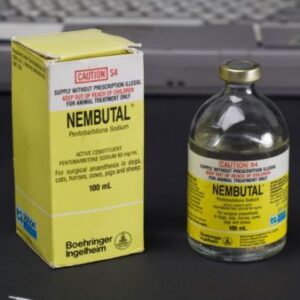
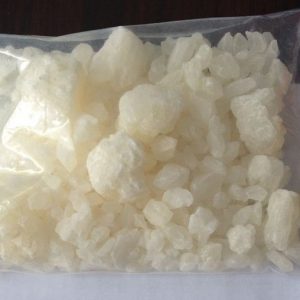


Reviews
There are no reviews yet.